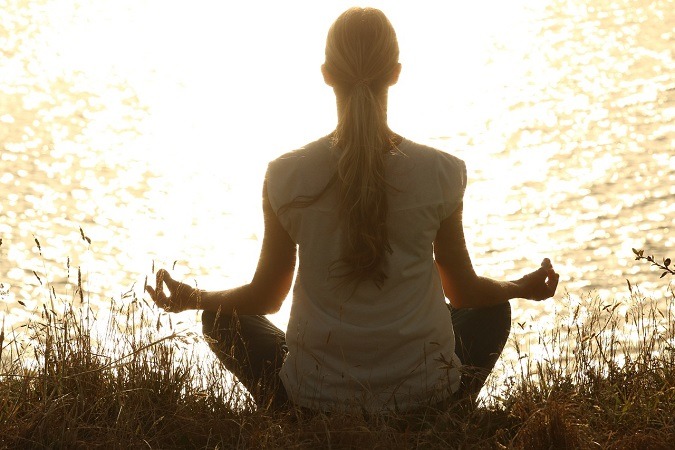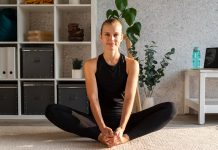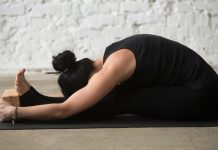In today’s fast-paced and demanding world, anxiety has become an all too common struggle for many individuals. While seeking professional help and making lifestyle changes are essential steps in managing anxiety, incorporating a regular yoga practice can also provide significant relief. Yoga, with its combination of physical postures, mindful breathing, and meditation, offers a holistic approach to soothing the mind, relaxing the body, and promoting overall well-being. In this article, we will explore some powerful yoga asanas that can help alleviate anxiety, providing a sense of calmness and inner peace.
1. Child’s Pose (Balasana):

One of the most comforting and nurturing poses in yoga, Child’s Pose, or Balasana, encourages a deep sense of relaxation. By gently folding the body forward and resting the forehead on the ground, this pose helps to release tension in the back, shoulders, and neck. The elongation of the spine and the conscious focus on the breath create a soothing effect on the nervous system, aiding in anxiety reduction.
2. Standing Forward Bend (Uttanasana):
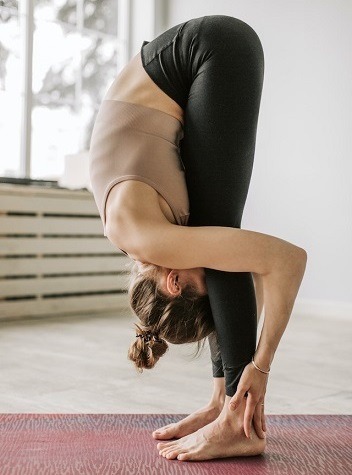
Standing Forward Bend, or Uttanasana, allows the body to surrender and release accumulated stress and tension. This pose involves folding forward from the hips, allowing the head and neck to relax. Uttanasana not only provides a gentle stretch to the hamstrings and back, but it also promotes blood flow to the brain, calming the mind and inducing a sense of tranquility.
3. Legs-Up-the-Wall Pose (Viparita Karani):
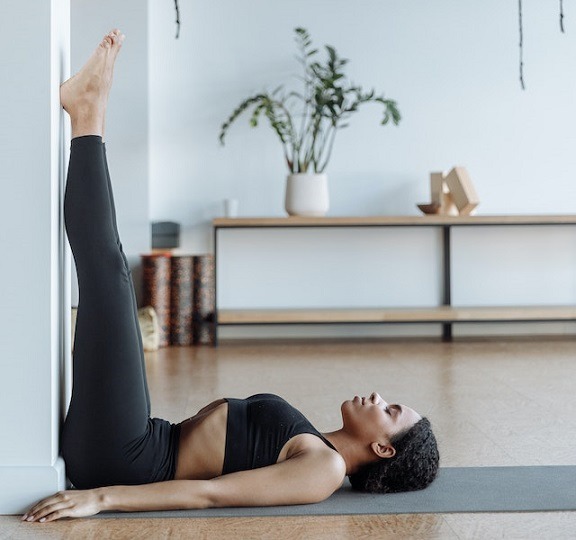
Viparita Karani, commonly known as Legs-Up-the-Wall Pose, is a restorative posture that promotes deep relaxation and stress relief. By lying on the back with the legs extended vertically against a wall, the body experiences a gentle inversion. This inverted position enhances blood circulation, reduces blood pressure, and activates the relaxation response in the body, helping to alleviate anxiety and promote a state of calmness.
4. Corpse Pose (Savasana):

Savasana, or Corpse Pose, serves as the final relaxation and integration pose in a yoga practice. This posture involves lying down on the back, arms relaxed by the sides, and completely surrendering the body to the ground. Savasana allows the body to release any remaining tension while providing an opportunity for the mind to quieten. By focusing on the breath and letting go of thoughts, this pose induces a state of deep relaxation and inner stillness, reducing anxiety levels.
5. Bridge Pose (Setu Bandhasana):
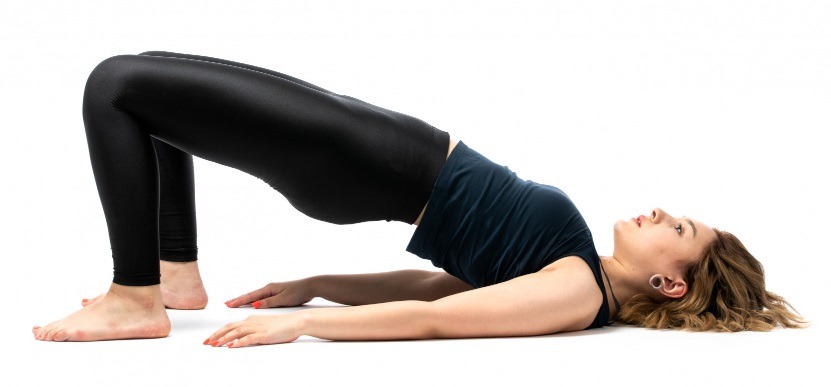
Bridge Pose, or Setu Bandhasana, offers an excellent opportunity to open the chest and heart area, relieving anxiety and promoting emotional well-being. By lying on the back, bending the knees, and lifting the hips, the chest expands, allowing for increased oxygen intake and improved circulation. This gentle backbend helps to counteract the effects of stress, release tension from the spine, and create a sense of inner calm.
6. Cat-Cow Pose (Marjaryasana/Bitilasana):
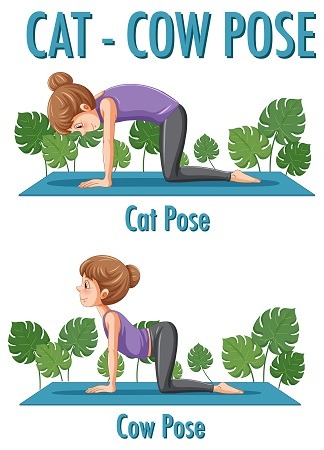
Cat-Cow Pose, a flowing movement sequence involving alternating between arching the back and rounding the spine, offers both physical and mental benefits for anxiety relief. By synchronizing breath with movement, Cat-Cow Pose releases tension in the spine, massages the organs, and stimulates the flow of energy throughout the body. This gentle practice promotes relaxation, fosters a mind-body connection, and eases anxiety symptoms.
Incorporating these yoga asanas into your regular practice can be a powerful tool for managing anxiety. However, it’s important to remember that yoga is a personal journey, and what works for one person may not work for another. Listen to your body and honor its limitations. If you have any pre-existing health conditions or concerns, it’s advisable to consult with a qualified yoga instructor or healthcare professional before beginning a new exercise routine.
Remember that yoga is not a quick fix for anxiety but rather a practice that requires consistency and patience. By incorporating these asanas into your routine and practicing them mindfully, you can cultivate a sense of calmness, reduce anxiety levels, and promote overall well-being.
In addition to these asanas, it’s beneficial to complement your practice with other aspects of yoga, such as pranayama (breathing exercises) and meditation. Deep breathing exercises, like Alternate Nostril Breathing or 4-7-8 Breath, can help regulate the breath and activate the body’s relaxation response. Mindfulness meditation, where you focus your attention on the present moment without judgment, can also enhance your ability to manage anxiety and cultivate a sense of inner peace.
As you embark on your yoga journey for anxiety relief, it’s essential to approach it with self-compassion and without judgment. Each practice session is an opportunity to connect with yourself, release tension, and find balance. Remember that progress in yoga is gradual, and it’s okay to modify or adjust the poses to suit your body’s needs.
In conclusion, yoga offers a holistic approach to alleviate anxiety and promote a sense of calmness and inner peace. Through the practice of asanas, mindful breathing, and meditation, you can create a safe space to release tension, quiet the mind, and cultivate a state of relaxation. Embrace the transformative power of yoga and embark on a journey of self-discovery and well-being.


























